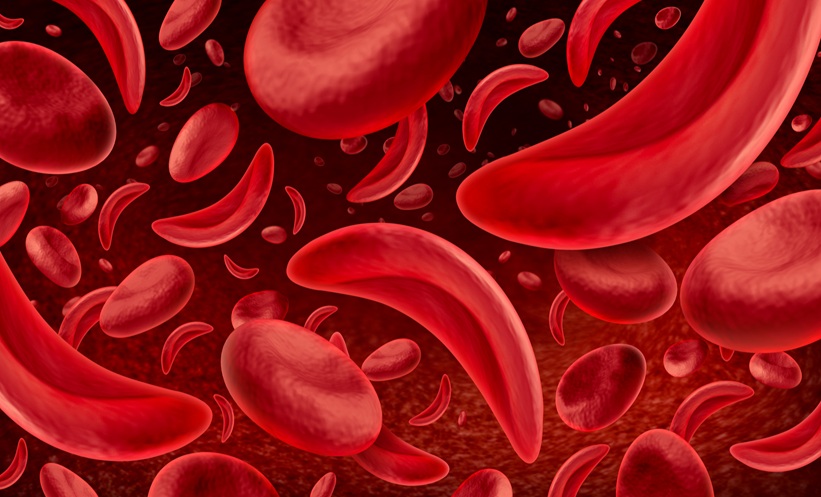A CASE SERIES has reported the first successful use of combined liver and haploidentical stem cell transplantation to cure patients with severe sickle cell disease (SCD) complicated by advanced liver failure. SCD is a debilitating inherited disorder with significant morbidity and early mortality in young adults. Liver disease is a recognised late complication, and while liver transplantation can extend survival, it does not address the underlying SDC, leading to recurrence of complications. Conversely, haematopoietic stem cell transplantation (HCT) is curative for SCD but not used widely due to transplantation-related risks.
Researchers described two young men with severe SCD and advanced liver cirrhosis who underwent orthotopic liver transplantation followed by haploidentical-HCT from the same related donors. Both patients tolerated the procedures well. They achieved complete donor engraftment, stable liver function, and were weaned off long-term immunosuppressive therapy through immune tolerance induction. Oth patients showed normal coagulation profiles throughout 2 years post-HCT.
According to the authors, this dual transplant strategy offers a potential curative option for patients with SCD and end-stage liver disease, previously considered ineligible for HCT. The authors suggest that combining solid organ and stem cell transplantation could establish immune tolerance, reduce complications, and provide durable remission. The findings highlight a new therapeutic avenue for high-risk patients, although the authors stress that larger studies and international collaboration will be needed before the approach can be more widely adopted.
Reference
Alahmari AD et al. Haplo-stem cell transplant post liver transplantation to cure sickle cell disease with related liver dysfunction: a case series. Commun Med (Lons). 2025;5(1):354.








